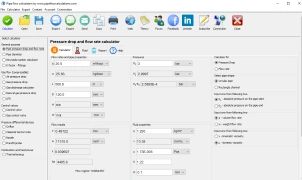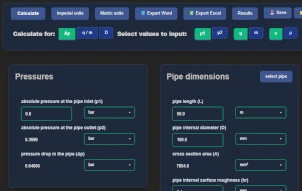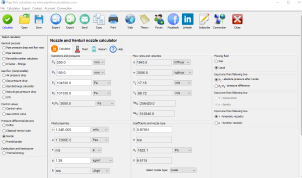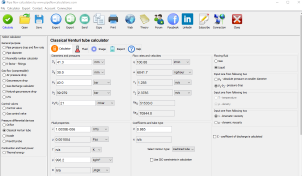Orifice Plate Calculator for Flow Rate and Sizing Calculation
This orifice plate calculator is used to perform flow rate and orifice sizing calculations based on the measured pressure drop. The calculation follows standard orifice flow equations commonly used in flow measurement and fluid mechanics. Use the calculator below for accurate orifice plate and flow calculation in piping systems.
Orifice plate sizing and flow rate calculation
Desktop App

Desktop full-featured version.
Free Trial AvailableRegistration
Select a fair price and enable the full service:
- Switch between metric and imperial units in one click
- Export calculation results in Word .docx or Excel .xlsx format
- Preview results on one place and copy/paste it in your favorite text editor
- Send results back to your email
- Support the future of this project
And even more... get access to the full set of 19 desktop calculators available for MacOS, Linux or Windows.
Full Year Service
Prepaid Monthly Cost
$2.50/month
Full year $29.95/year







